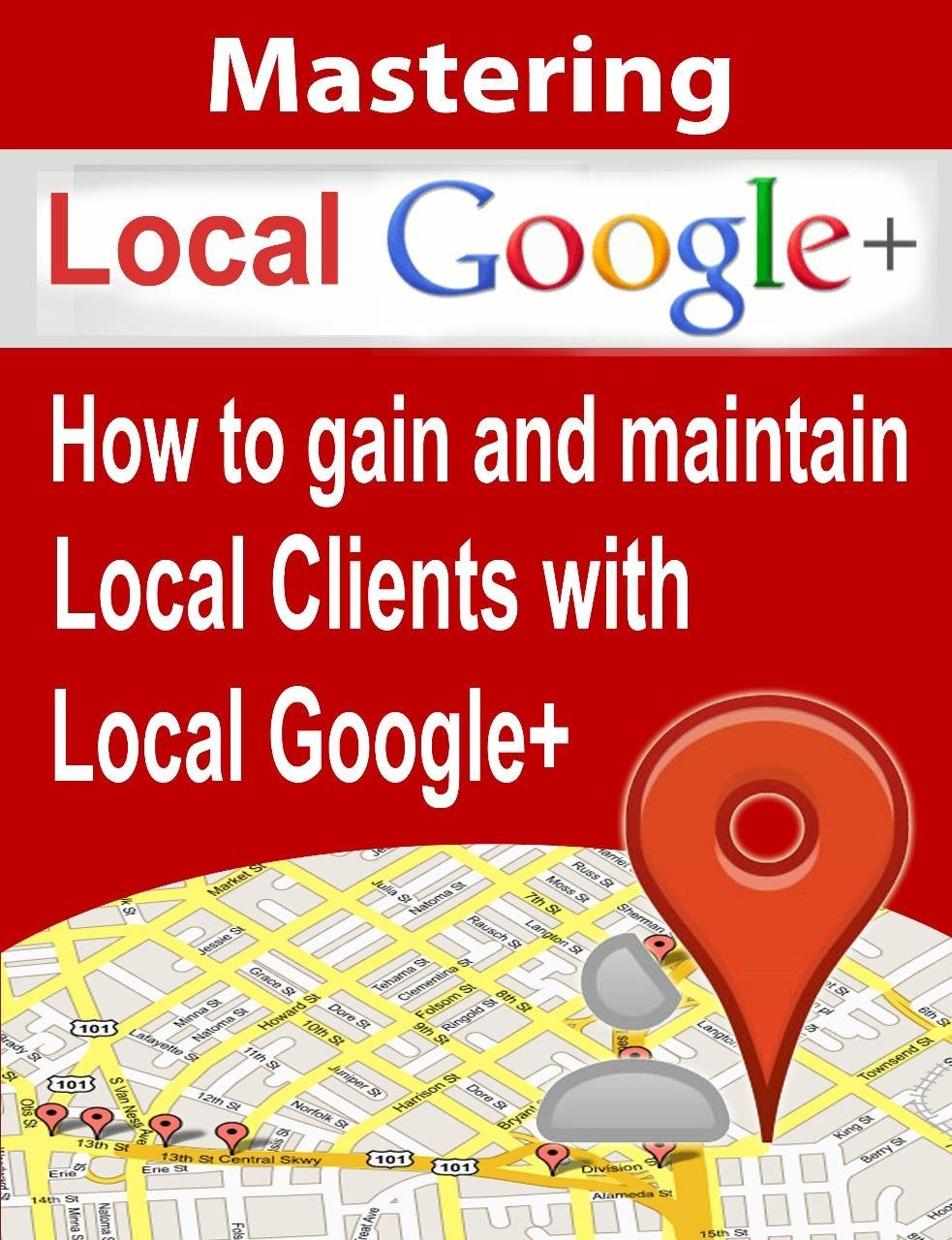Mastering Local Google: Boost Your Local SEO to Attract More Customers
As the digital landscape becomes increasingly competitive, local businesses need to stand out to attract customers. Google provides several tools to help small businesses improve their visibility within specific regions. Here’s a comprehensive guide to mastering Google for local business success, with key resources to help you.
1. Claim Your Google Business Profile
Google Business Profile (formerly Google My Business) is essential for any business looking to improve its local presence. By claiming your profile, you can manage your business information, respond to reviews, and post updates, making it easier for potential customers to find you on Google Maps and Search.
- Tips for Optimization: Ensure your business name, address, and phone number (NAP) are consistent across platforms. Add high-quality photos and encourage satisfied customers to leave reviews.
- Useful Websites:
- Google Business Profile – Set up and optimize your profile here.
- Whitespark – Offers tools and advice for optimizing local listings.
2. Understand Google’s Local Search Algorithm
Google’s local algorithm considers relevance, distance, and prominence to determine local search rankings. Relevance is about matching your business to what a user is searching for, distance relates to how close your business is to the searcher’s location, and prominence takes into account how well-known your business is.
- Tips: Use tools like Google Keyword Planner and Ahrefs to find keywords that fit your local market.
- Useful Websites:
- Ahrefs – Great for keyword research and backlink analysis.
- Google Keyword Planner – Use it to find local search keywords.
3. Optimize Your Website for Local SEO
Your website should include location-specific keywords in titles, meta descriptions, headers, and content. Adding a location-based landing page for each service area can further improve visibility. Local schema markup can also help search engines understand your location-based offerings.
- Tips: Use tools like Yoast SEO and Moz Local for guidance on local SEO practices.
- Useful Websites:
4. Generate Quality Local Backlinks
Backlinks from local sources help boost your prominence in Google’s local search. Look for opportunities to get your website linked from local blogs, online publications, and business directories. Engaging in community events, sponsoring local organizations, or even writing guest posts for local sites can help you secure these valuable links.
- Tips: Network with local business owners, join local business directories, and request links from community sites.
- Useful Websites:
- BrightLocal – Offers tools and advice for improving local SEO, including backlinks.
- HARO (Help a Reporter Out) – An excellent source for finding local journalists and bloggers seeking expert sources.
5. Engage with Local Reviews and Ratings
Reviews are critical for local SEO. Google uses them as a factor in its ranking algorithm, especially for the “Local Pack” listings that appear at the top of local search results. Encourage satisfied customers to leave positive reviews, and make sure to respond to each one—positive or negative—to show that you value customer feedback.
- Tips: Send a follow-up email after each transaction, asking customers to leave feedback on Google.
- Useful Websites:
- ReviewTrackers – For managing customer feedback across various review platforms.
- Trustpilot – Popular review site that helps establish credibility.
6. Optimize for Mobile and Voice Searches
More and more people use mobile devices and voice search (e.g., via Google Assistant or Siri) to find local businesses. Optimizing your site for mobile ensures faster loading times, while optimizing for voice involves using natural language keywords and anticipating question-based searches (e.g., “best pizza place near me”).
- Tips: Use short, clear responses in your content and add FAQ sections for common local queries.
- Useful Websites:
- PageSpeed Insights – Test your website’s mobile speed and get optimization tips.
- AnswerThePublic – Find common questions people are asking in your area for better voice search optimization.
7. Analyze Your Results and Adjust Your Strategy
Local SEO isn’t a “set it and forget it” approach. Use Google Analytics and Google Search Console to monitor your local traffic, keywords, and performance. Reviewing these insights regularly helps you adapt your strategy based on what’s working and where improvements are needed.
- Tips: Set up Google Analytics goals to track key metrics like phone calls or form submissions from local search traffic.
- Useful Websites:
- Google Analytics – Essential for tracking user behavior and conversions.
- Google Search Console – Helps monitor search performance and troubleshoot SEO issues.
Conclusion
Mastering local SEO on Google is essential for businesses looking to increase their visibility in specific geographic areas. By optimizing your Google Business Profile, leveraging local backlinks, engaging in reviews, and focusing on mobile and voice search, you can effectively reach more local customers.







Reviews
There are no reviews yet.